Introduction: Overview of AI’s Growing Presence in the Workforce
As we approach 2025, the impact of artificial intelligence (AI) on the workforce is becoming more evident. Over the past decade, AI has evolved from a niche technology into a powerful force reshaping industries, business models, and employee roles across the globe. The rise of AI-powered automation has already begun transforming sectors ranging from manufacturing and retail to finance and healthcare, offering unparalleled efficiency, precision, and scalability. In the next few years, AI will not only augment human capabilities but also take on tasks that were once solely performed by people. This shift has led to both excitement and anxiety, as businesses and employees grapple with the implications of AI on productivity, job displacement, and the nature of work itself.
AI-driven automation is fundamentally altering how companies operate, empowering them to deliver products and services faster and at lower costs while simultaneously driving innovation. From self-driving cars to AI-powered customer service chatbots, automation is everywhere—and it’s just the beginning. The year 2025 marks a pivotal moment in this transformation, where AI will have reached an unprecedented level of sophistication and integration in workplaces. While many envision a future where AI enhances human potential, others worry about its potential to replace jobs and disrupt established industries.
In this article, we will explore how AI-powered automation is shaping various sectors, focusing on its impact in manufacturing, customer service, and decision-making, and discuss the ongoing debate surrounding job creation versus job loss. By understanding the trends and challenges associated with AI, we can better predict how the workplace will evolve in the age of intelligent machines.
Automation in Manufacturing: AI-Driven Robots and Smart Factories
One of the most significant ways AI is transforming the workforce is through automation in manufacturing. The integration of AI into industrial processes has already begun to revolutionize production lines, enabling businesses to increase efficiency, reduce errors, and lower costs. AI-powered robots are now capable of performing tasks that were once tedious, repetitive, and prone to human error, such as assembly, quality control, and material handling. These robots can operate with precision, speed, and adaptability, ensuring that manufacturing processes remain efficient and cost-effective.
Smart factories, which leverage AI to monitor and optimize manufacturing processes, represent the next frontier in industrial automation. Using IoT (Internet of Things) sensors and AI algorithms, smart factories can detect inefficiencies, predict equipment failures before they occur, and adjust operations in real time to ensure optimal performance. For example, AI systems can analyze production data and suggest adjustments to machine settings, improving production rates while minimizing waste. Additionally, AI-powered predictive maintenance tools can anticipate when machinery will need repairs, preventing costly downtime.
Beyond traditional industrial automation, AI is also enabling greater flexibility in manufacturing. In the past, factories were designed for mass production, requiring long setup times and rigid production schedules. Now, AI systems can help manufacturers implement just-in-time production, where products are made only when needed, reducing inventory costs and improving responsiveness to market demand. As we approach 2025, AI-driven robotics and smart factories are expected to play an even greater role in the global manufacturing landscape, ushering in an era of ultra-efficient, highly responsive, and fully autonomous production systems.

AI in Customer Service: Chatbots and Virtual Assistants Shaping Customer Interactions
AI’s impact on customer service is already visible through the widespread adoption of chatbots and virtual assistants. These AI-powered tools are transforming how businesses interact with customers, offering quicker responses, more accurate solutions, and a better overall customer experience. By 2025, it’s expected that AI-powered customer service agents will handle the majority of customer inquiries, from answering questions and processing orders to troubleshooting issues and providing personalized recommendations.
Chatbots, powered by natural language processing (NLP) algorithms, are now commonplace on websites, apps, and social media platforms, offering instant support to customers 24/7. These AI systems can understand and respond to customer queries, provide product information, and even facilitate purchases, all without human intervention. Virtual assistants, like Amazon’s Alexa or Apple’s Siri, are also becoming more capable of managing customer service requests in voice-enabled systems, offering seamless interaction between businesses and customers.
The beauty of AI in customer service is its ability to scale. Unlike human agents, AI chatbots can handle an unlimited number of queries simultaneously, reducing wait times and improving service efficiency. For instance, large companies with high volumes of customer interactions—such as telecoms, banks, and e-commerce platforms—have turned to AI chatbots to provide instant answers to routine questions, allowing human agents to focus on more complex or specialized cases.
However, this shift also comes with its own set of challenges. As AI systems take on more customer service responsibilities, businesses will need to ensure that their AI tools are well-designed, capable of providing accurate information, and sensitive to customer needs. While AI chatbots are improving rapidly, they are not yet perfect, and companies must strike the right balance between automation and human oversight to ensure customer satisfaction.
AI for Decision-Making: How AI Systems Are Supporting Business Strategy and Management
AI is not just changing the way products are made or services are delivered; it is also revolutionizing how businesses make decisions. From financial forecasting and market analysis to supply chain management and human resources planning, AI systems are increasingly being used to support decision-making at the highest levels of an organization.
In business strategy, AI-driven analytics are empowering leaders to make data-informed decisions that are more precise and timely. AI can sift through vast amounts of data—such as sales figures, market trends, and social media sentiment—and provide insights that human analysts might miss. For example, AI systems are being used in predictive analytics to forecast demand, enabling businesses to optimize their inventory, production, and distribution strategies. In finance, AI tools help identify market trends, assess investment risks, and optimize asset management, enabling companies to make better investment decisions.
In human resources, AI is helping organizations make more informed decisions about hiring, training, and employee retention. AI systems can analyze resumes, interview responses, and employee performance data to identify the best candidates for a job, predict employee turnover, and recommend professional development programs that will help employees advance within the company. AI tools can also analyze workforce data to optimize team dynamics, ensuring that businesses have the right talent in the right roles.
AI’s growing influence in decision-making is not just about automation—it’s about providing insights that enable businesses to make more informed, data-driven choices. As AI systems become more sophisticated, we can expect them to play an even greater role in shaping the strategic direction of organizations, enabling faster and more accurate decision-making that drives growth and innovation.
Job Creation vs. Job Loss: The Debate Over AI’s Impact on Employment
One of the most hotly debated topics surrounding AI-powered automation is its impact on employment. While AI is undoubtedly creating new opportunities in emerging industries, it is also automating tasks traditionally performed by humans, leading to fears of widespread job displacement. This dichotomy has sparked a debate about whether AI will create or eliminate jobs in the future.
On the one hand, AI is already creating new job roles that didn’t exist before, such as AI specialists, data scientists, and machine learning engineers. These roles are essential to the development, deployment, and maintenance of AI systems. Moreover, AI is opening up new industries, particularly in sectors like robotics, autonomous vehicles, and AI-driven healthcare, which are expected to grow exponentially by 2025.
On the other hand, the automation of routine, repetitive tasks in industries like manufacturing, customer service, and transportation is raising concerns about job loss. For example, robots and AI systems are already replacing human workers on assembly lines, in warehouses, and in call centers. As AI becomes more advanced, it is expected to automate even more complex tasks, such as legal research, financial analysis, and medical diagnostics, which could further reduce the demand for human labor in certain sectors.
However, the impact of AI on employment will likely depend on how businesses, governments, and workers adapt to the changing landscape. Upskilling and reskilling programs will be essential to ensuring that workers are equipped with the skills needed for new roles created by AI. By focusing on education, workforce development, and economic policies that support innovation, society can ensure that AI contributes to job creation rather than exacerbating unemployment.
Conclusion: Predicting the Workplace Landscape in the Age of AI
The workplace in 2025 will be dramatically different from what we know today. AI-powered automation will play an increasingly central role in how businesses operate, offering significant improvements in efficiency, productivity, and decision-making. From smart factories and AI-driven customer service to data-backed business strategies, AI will redefine the way we work and interact with technology.
However, as AI reshapes industries, it will also bring challenges, particularly in terms of job displacement and the need for workforce adaptation. While AI will create new opportunities, particularly in tech-driven sectors, there will be a need for upskilling and reskilling to ensure that workers can transition into new roles. Ultimately, the future of work in the age of AI is not about replacing humans, but about augmenting human capabilities to create a more efficient, innovative, and dynamic workforce.
As we approach 2025, businesses and workers must embrace the potential of AI while also addressing the challenges it brings. With the right strategies, policies, and education, AI can serve as a powerful tool for enhancing human work, fostering creativity, and driving economic growth.




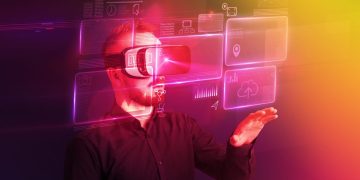








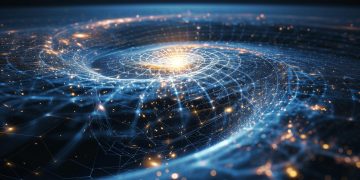


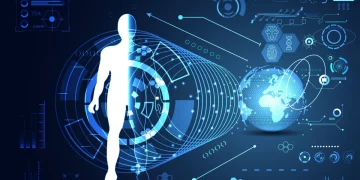







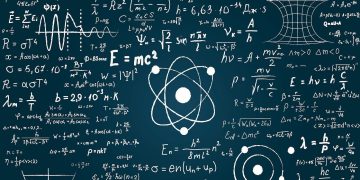
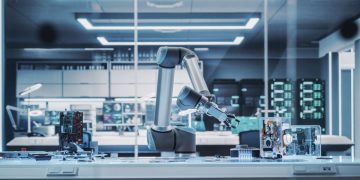


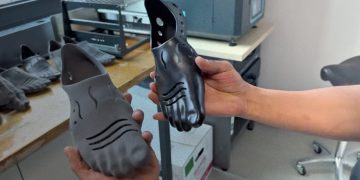
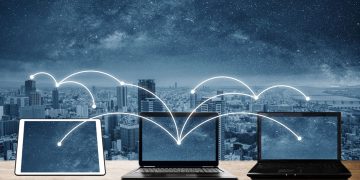




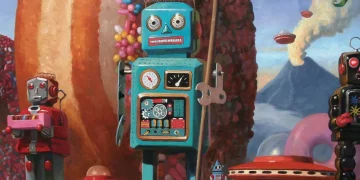
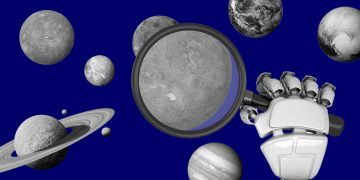

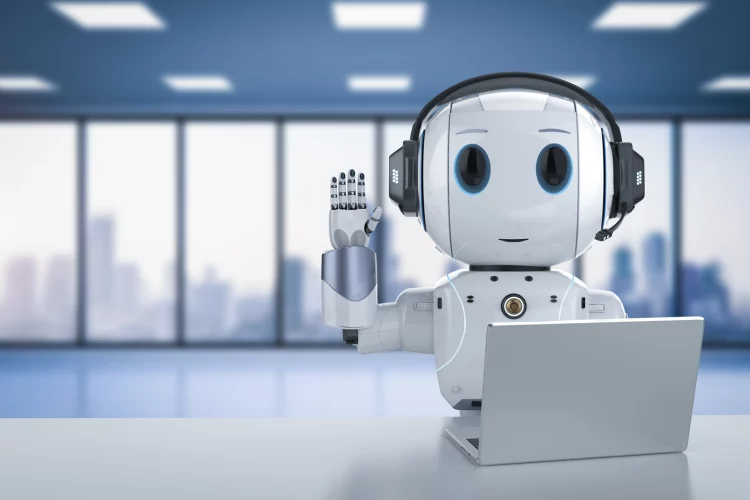












Discussion about this post